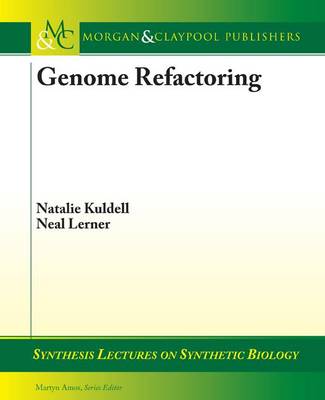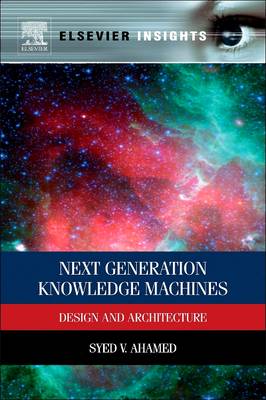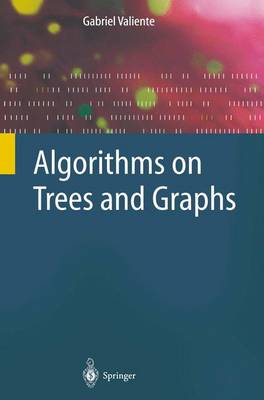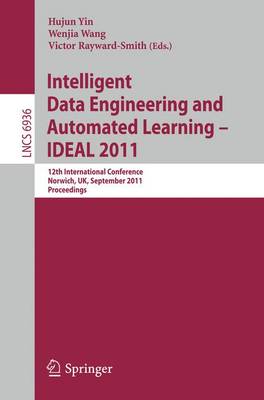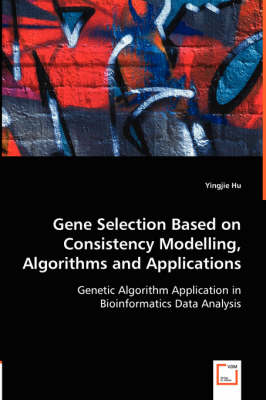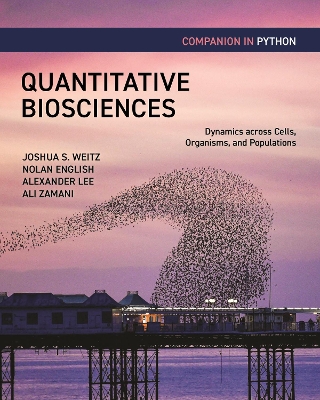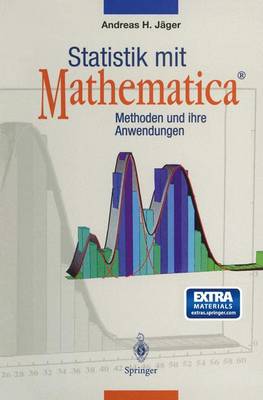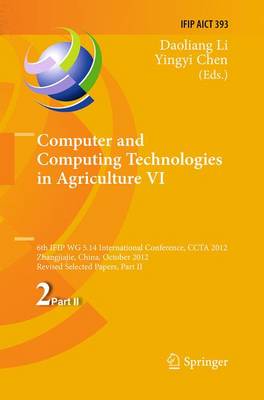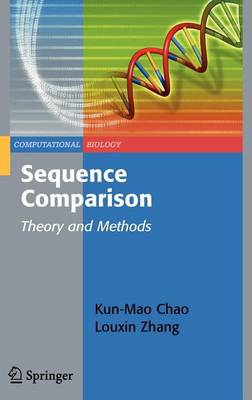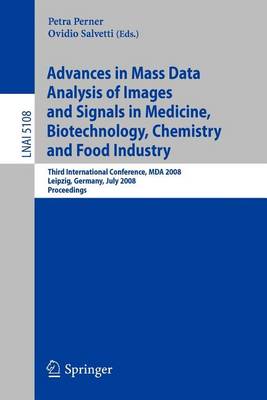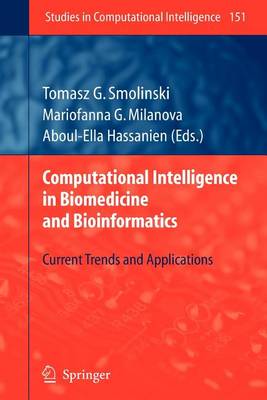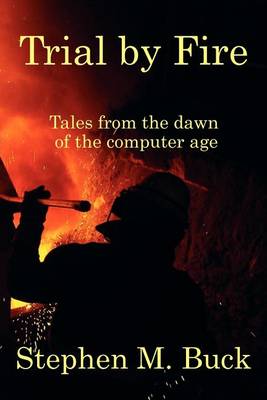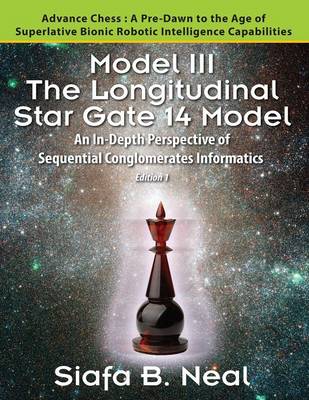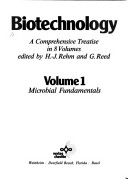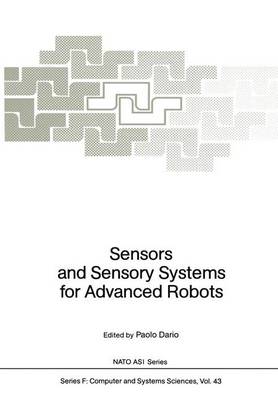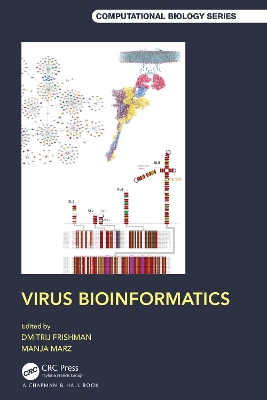Genome Refactoring (Synthesis Lectures on Synthetic Biology)
by Natalie Kuldell and Neal Lerner
The science of biology celebrates the discovery and understanding of biological systems that already exist in nature. In parallel, the engineering of biology must learn how to make use of our understanding of the natural world to design and build new useful biological systems. "Synthetic biology" represents one example of recent work to engineer biological systems. This emerging field aims to replace the ad hoc process of assembling biological systems by primarily developing tools to assemble re...
This book delivers the scientific and mathematical basis to treat and process knowledge as a quantifiable and dimensioned entity. It provides the units and measures for the value of information contained in a "body of knowledge" that can be measured, processed, enhanced, communicated and preserved. It provides a basis to evaluate the quantity of knowledge acquired by students at various levels and in different universities. The effect of time on the dynamics and flow of knowledge is tied to Inte...
Graph algorithms is a well-established subject in mathematics and computer science. Beyond classical application fields, such as approximation, combinatorial optimization, graphics, and operations research, graph algorithms have recently attracted increased attention from computational molecular biology and computational chemistry. Centered around the fundamental issue of graph isomorphism, this text goes beyond classical graph problems of shortest paths, spanning trees, flows in networks, and m...
Intelligent Data Engineering and Automated Learning Ideal 2011 (Lecture Notes in Computer Science, #6936)
by Hujun Yin
Quantitative Biosciences Companion in Python
by Joshua S. Weitz, Nolan English, Alexander B. Lee, and Ali Zamani
A hands-on lab guide in the Python programming language that enables students in the life sciences to reason quantitatively about living systems across scalesThis lab guide accompanies the textbook Quantitative Biosciences, providing students with the skills they need to translate biological principles and mathematical concepts into computational models of living systems. This hands-on guide uses a case study approach organized around central questions in the life sciences, introducing landmark...
Statistical and Geometrical Approaches to Visual Motion Analysis (Lecture Notes in Computer Science, #5604)
Motion analysis is central to both human and machine vision. It involves the interpretation of image data over time and is crucial for a range of motion tasks suchasobstacledetection,depthestimation,videoanalysis,sceneinterpretation, videocompressionandotherapplications. Motionanalysisis unsolvedbecauseit requires modeling of the complicated relationships between the observed image data and the motion of objects and motion patterns (e. g. , falling rain) in the visual scene. The Dagstuhl Seminar...
Anwender, die mit Hilfe statistischer Verfahren experimentell ermittelte Resultate auswerten und grafisch darstellen wollen, finden in diesem Buch ein nutzliches Werkzeug. 15 Kernanwendungen aus den Bereichen Physik, Biologie, Chemie, Pharmazie, Medizin, Psychologie, Pharmakologie und OEkonomie sind auch fur Mathematica-Einsteiger leicht einzusetzen und eigenen Bedurfnissen anzupassen. Dem Mathematica-Kenner werden eine Reihe statistischer Befehle an die Hand gegeben, mit denen er auch ohne Kenn...
The two-volume set IFIP AICT 392 and 393 constitutes the refereed post-conference proceedings of the 6th IFIP TC 5, SIG 5.1 International Conference on Computer and Computing Technologies in Agriculture, CCTA 2012, held in Zhangjiajie, China, in October 2012. The 108 revised papers presented were carefully selected from numerous submissions. They cover a wide range of interesting theories and applications of information technology in agriculture, including Internet of things and cloud computing;...
Sequence Comparison: Theory and Methods (Computational Biology)
by Kun-Mao Chao and Louxin Zhang
The automatic analysis of signals and images together with the characterization and elaboration of their representation features is still a challenging activity in many relevant scientific and hi-tech fields such as medicine, biotechnology, and chemistry. Multidimensional and multisource signal processing can generate a number of information patterns which can be useful to increase the knowledge of several domains for solving complex problems. Furthermore, advanced signal and image manipulation...
Mathematics of Bioinformatics (Wiley Series in Bioinformatics, #19) (Wiley Series on Bioinformatics: Computational Techniques and)
by Matthew He and Sergey Petoukhov
Mathematics of Bioinformatics: Theory, Methods, and Applicationsprovides acomprehensiveformat for connecting and integrating information derived from mathematical methods and applying it to the understanding of biological sequences, structures, and networks. Each chapter is divided into a number of sections based on the bioinformatics topics and related mathematical theory and methods. Each topic of the section is comprised of the following three parts: an introduction to the biological problems...
Biotechnology (Biotechnology: A Multi-Volume Comprehensive Treatise) (Biotechnology S., Vol 5b)
This reference work describes the state of Biotechnology and serves as a guide to the original literature. It spans the entire field from basic concepts to industrial applications and deals with a wide spectrum of applications. These range from the production of enzymes, biomass, and primary and secondary products of microbial metabolism to the production of foods and feeds, sewage disposal, and other microbial degradations. Volumes 1 and 2 explain the basic concepts of microbial science and bio...
The book is the outcome of the NATO Advanced Research Workshop on Sensors and Sensory Systems for Advanced Robots held in Maratea, Italy, in April-May 1986. The focus is on a review of the state of the art and perspectives of sensor technology for robots. In this framework, particular attention is devoted to the study of basic principles and of problems related to the design and fabrication of different types of sensors already used, or potentially usable, for robots. An additional distinctive f...
Virus Bioinformatics (Chapman & Hall/CRC Computational Biology)
Viruses are the most numerous and deadliest biological entities on the planet, infecting all types of living organisms—from bacteria to human beings. The constantly expanding repertoire of experimental approaches available to study viruses includes both low-throughput techniques, such as imaging and 3D structure determination, and modern OMICS technologies, such as genome sequencing, ribosomal profiling, and RNA structure probing. Bioinformatics of viruses faces significant challenges due to the...
